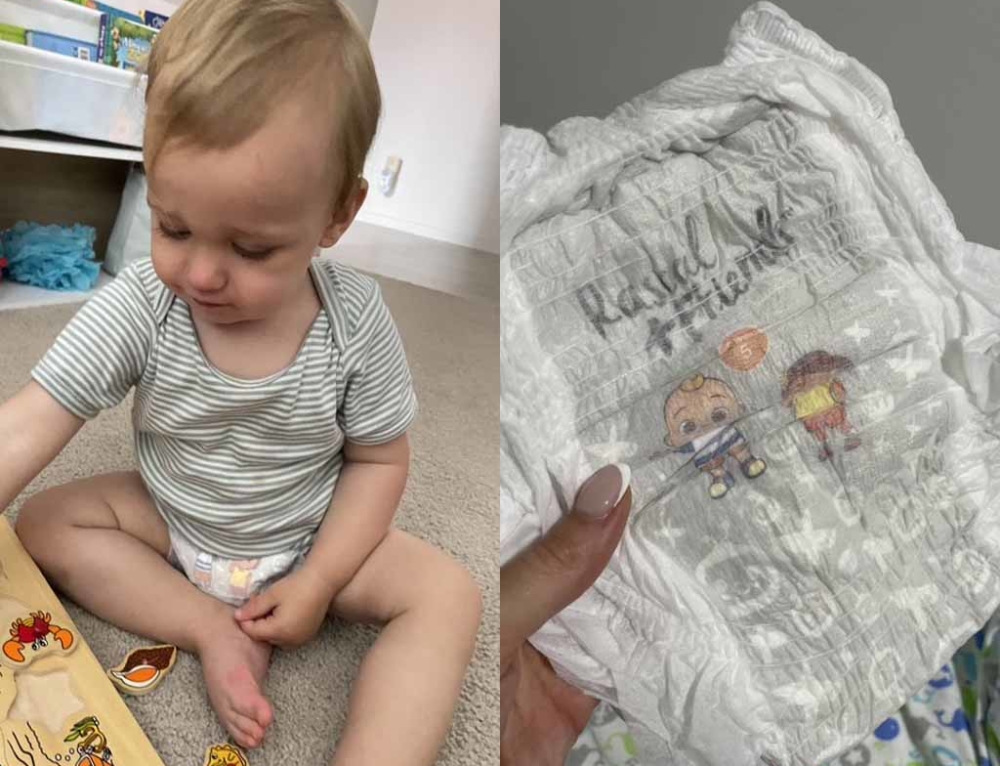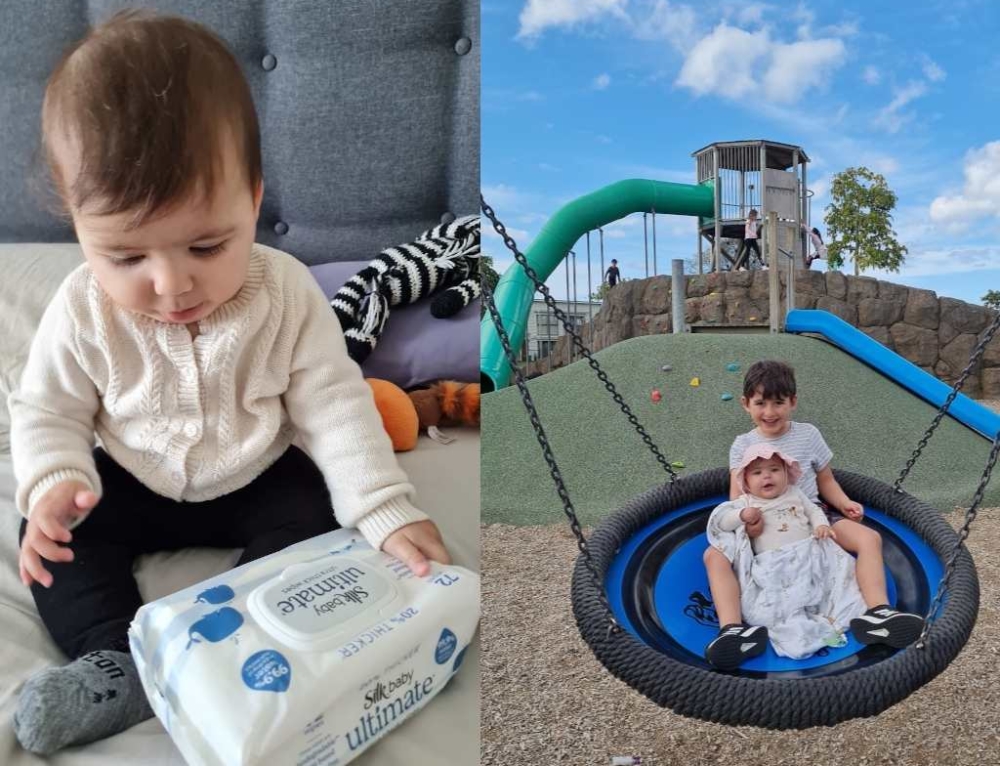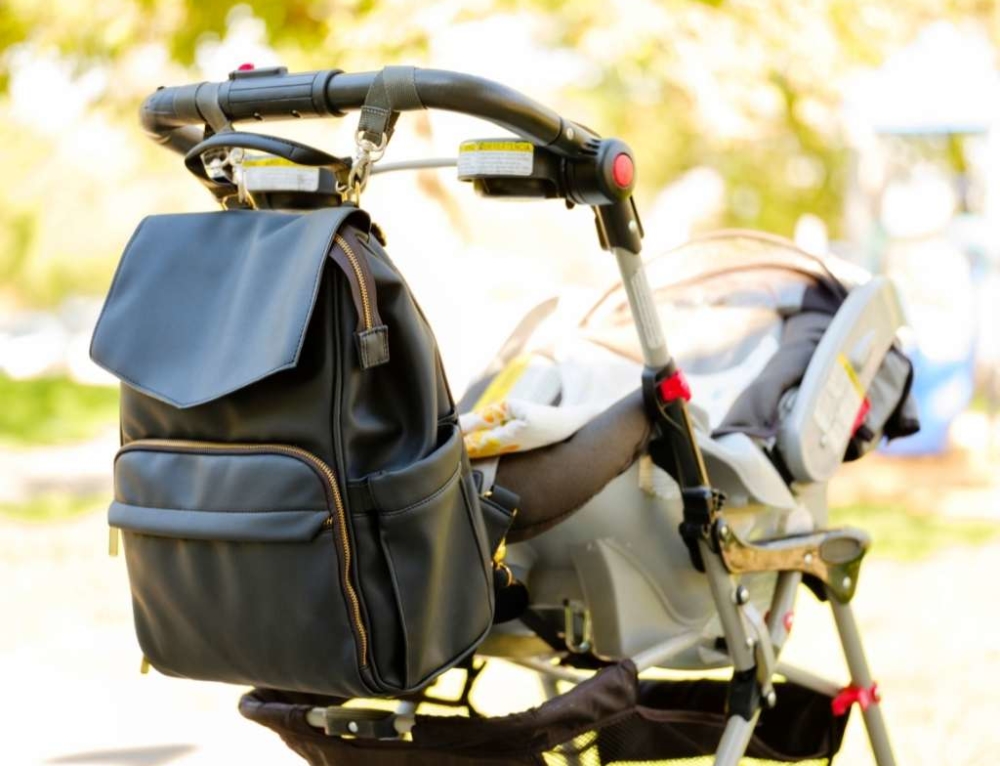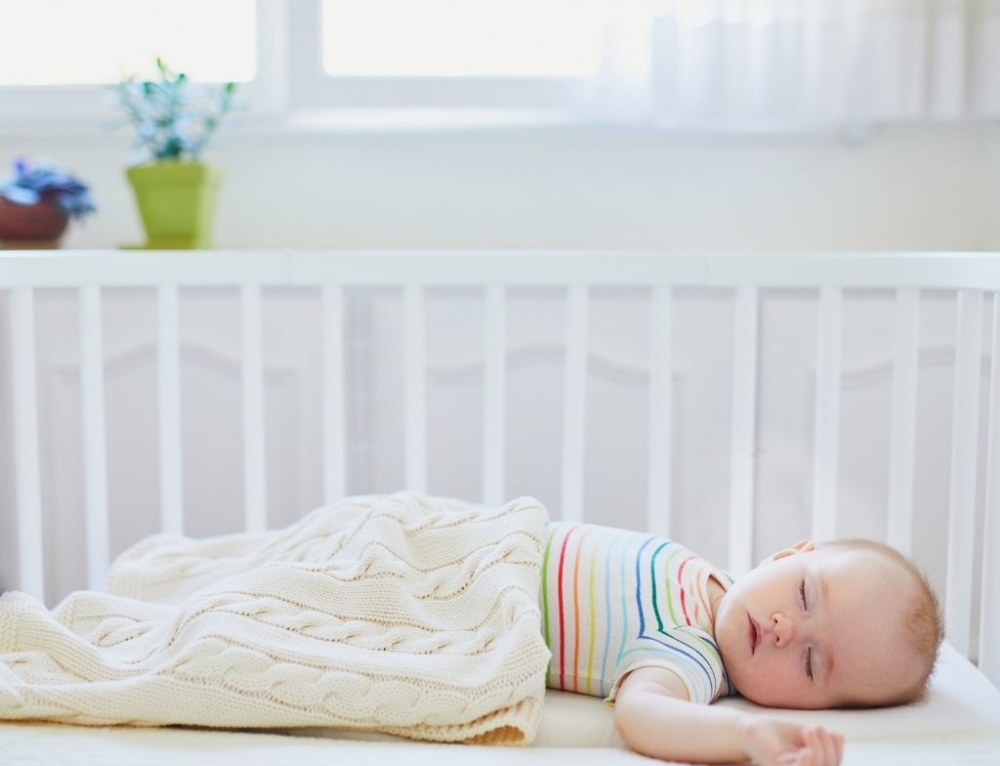The first thing to remember when it comes to ear care is ‘less is more’. Don’t go poking around in your child’s ears as you may do serious harm to the ear drum. The ear is naturally self-cleaning, and trying to remove wax by probing may only force it further into the ear. It turns out that the old adage ‘Never put anything smaller than your elbow in your ears’ is true!
For general baby ear care, you should:
- Wipe behind your baby’s ears (which can become quite crusty due to milk that overflows from her mouth which then runs across her cheeks and down towards her ears) and around the outside of each ear.
- Be careful not to stick anything inside her ear, as it’s very easy to do damage.
Ear infections:
Ear infections are among the most common illnesses in babies and young children. And while not serious as a one-off illness, repeated ear infections can cause hearing problems. Ear infections can also make kids absolutely miserable as they can be very painful.
- Most ear infections are middle ear infections (otitis media). Otitis media is caused by a bacterial or viral infection behind the eardrum. Two-thirds of all ear infections are caused by bacteria.
- Young children are more prone to bacterial ear infections because the Eustachian tubes, which connect the throat to the middle ear, are shorter and so allow bacteria easier access to the middle ear.
- Middle ear infections are more likely to occur in winter – they may cause fever and pain but usually respond quickly to treatment. Generally there are no long-term consequences.
- Some children do suffer from recurring ear infections, and these may lead to ‘glue ear’ and possible hearing loss.
- If you suspect that your child has an ear infection, you should have a diagnosis confirmed by your GP.
- ‘Glue ear’ is a condition where there is constantly a thick, glue-like secretion in the middle ear. ‘Glue ear’ often occurs in those who have repeated middle ear infections that are difficult to resolve.
- If you notice any discharge (including blood) coming for the ear, you need to seek medical advice immediately, as this discharge may be the result of a perforated eardrum.
What are the symptoms of an ear infection?
Depending on the age of your child, symptoms may include:
- fever
- irritability
- drowsiness
- loss of appetite
- nausea or vomiting
- diarrhoea
- headache
For some children, ear infections can be ‘silent’, presenting little or no pain until the problem is chronic. For most though, an ear ache is acutely uncomfortable and they will quickly complain of pain or pressure in the ear.
Young children who can’t articulate their discomfort may tug at their ears or try to put their finger inside the ear canal. They may also become difficult to settle at night, as lying down can put more pressure on the middle ear.
Occasionally the eardrum will perforate (rupture) and this will allow the discharge that has been trapped behind the middle ear to run out. This discharge will be thick and may appear bloody. A perforated eardrum will provide instant relief from the pain. The burst eardrum will usually heal naturally, but as it heals you need to take care to protect the ear canal from foreign material.
How can I help an ear infection?
- Give a middle ear infection a chance to get better without help – they often resolve themselves within 24 hours.
- Generally, most GPs will only administer antibiotics for an ear infection if your child is very young or particularly unwell.
- Some people believe that decongestants help relieve an ear infections, although no there is no research to support this.
- Paracetamol, is usually the best medicine for controlling the pain and fever associated with an ear infection.
- Using nasal drops may help your child to feel comfortable – saline drops are the safest for babies and toddlers.
- If your child can blow her nose, get her to do this regularly as the blowing will help equalise the ears and relieve the pressure behind the ear drums.
- Inserting ventilating tubes (grommets) through the ear drum may be required where there are ongoing ear infections or glue ear.
This article was written by Ella Walsh for Kidspot. Sources include Raising Children Network.







Leave A Comment
You must be logged in to post a comment.